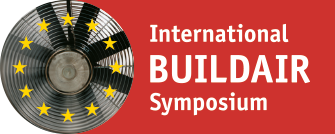Purpose of the work
The presentation provides background information on the calibration of airtightness testing devices.
Content of the presentation
In order to achieve the most accurate and repeatable – and therefore comparable – measuring results possible when testing the airtightness of buildings, you need testing devices that are able to measure with a level of accuracy adjusted to the intended purpose. If the users want to guarantee the accuracy of the measuring devices, they can have them checked or calibrated regularly by calibration labs. This presentation will explain what exactly calibration should mean. It will also look into the hierarchy of and the differences between the calibration labs of national standards, accredited labs (like DAkkS, a national government-appointed accreditation body in Germany, or Cofrac – Comité français d’accréditation – in France), and manufacturer’s calibration labs. Even the labs themselves must have their own measuring devices checked in order to guarantee what is known as traceability to national standards, and to determine the measurement uncertainty of their testing devices. This is necessary if you want to make a clear statement on adherence to the accuracy, which is known as a statement of compliance or declaration of conformity. Another topic covers the measuring range and the accuracy of pressure gauges and measuring fans, as well as their calibration process, by looking at the example of the Minneapolis BlowerDoor.
Conclusions
Achieving comparable airtightness measurements requires measuring devices that operate within certain accuracy ranges. It is the responsibility of the users to ensure that their devices meet the stipulated requirements for accuracy.
Note
For more information, please contact the reference author at: Info@BlowerDoor.de





